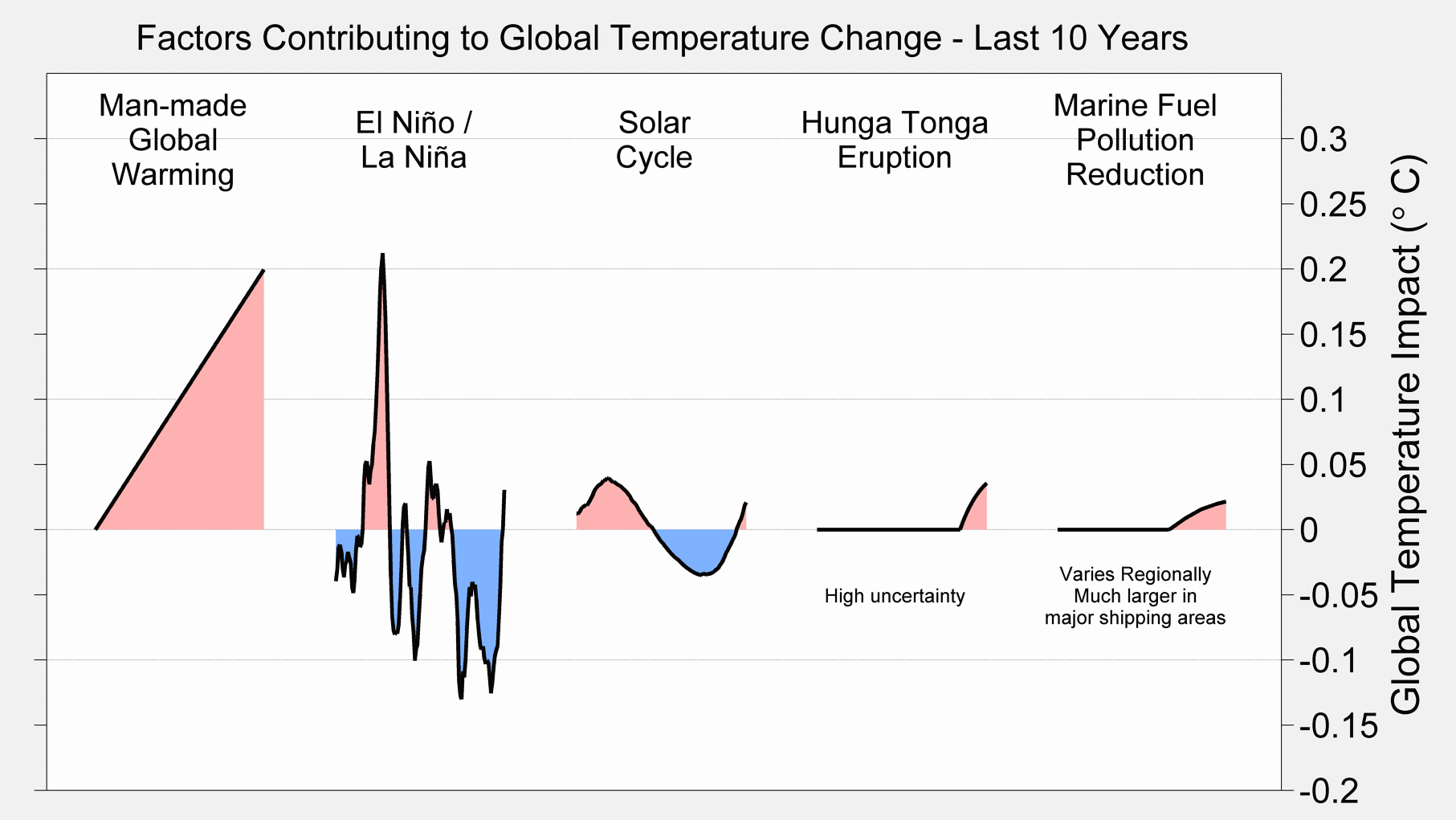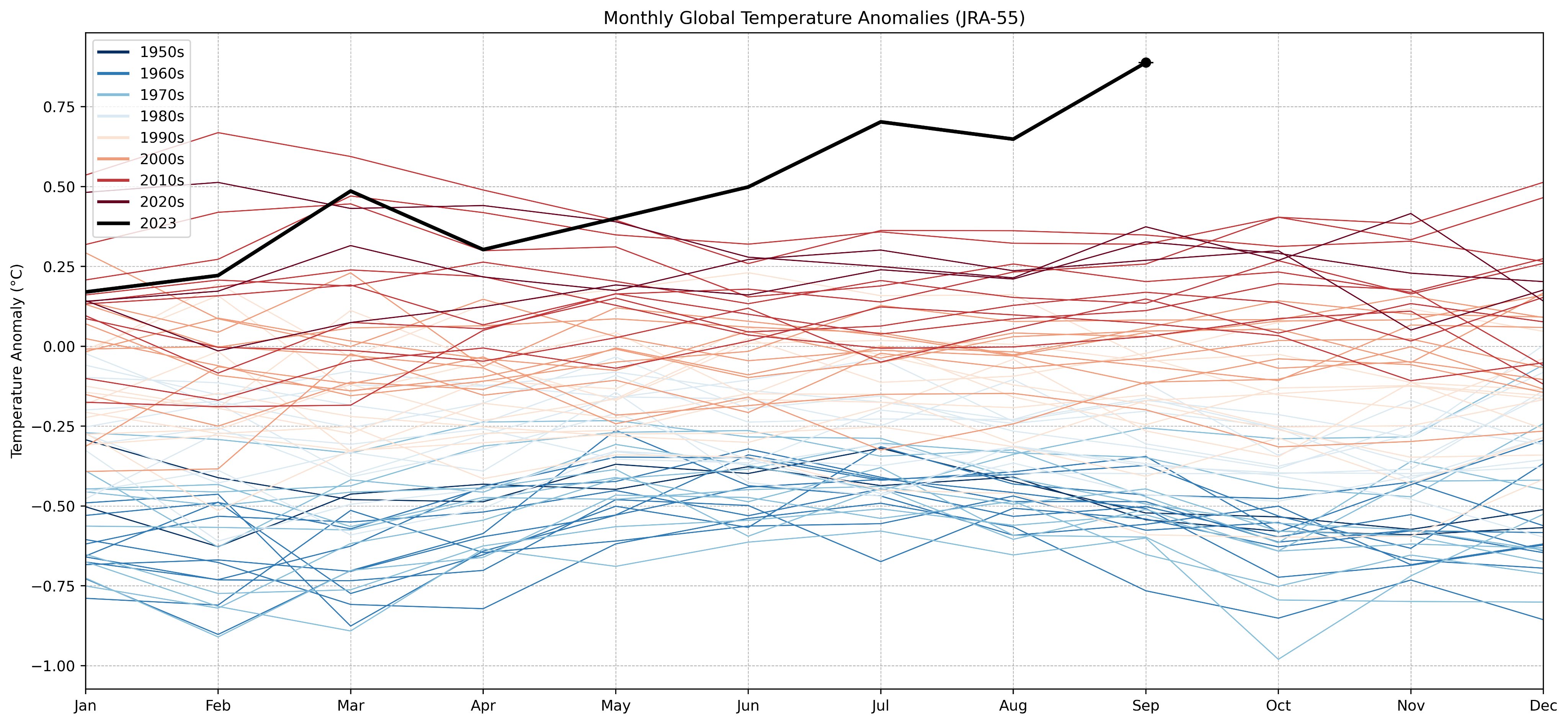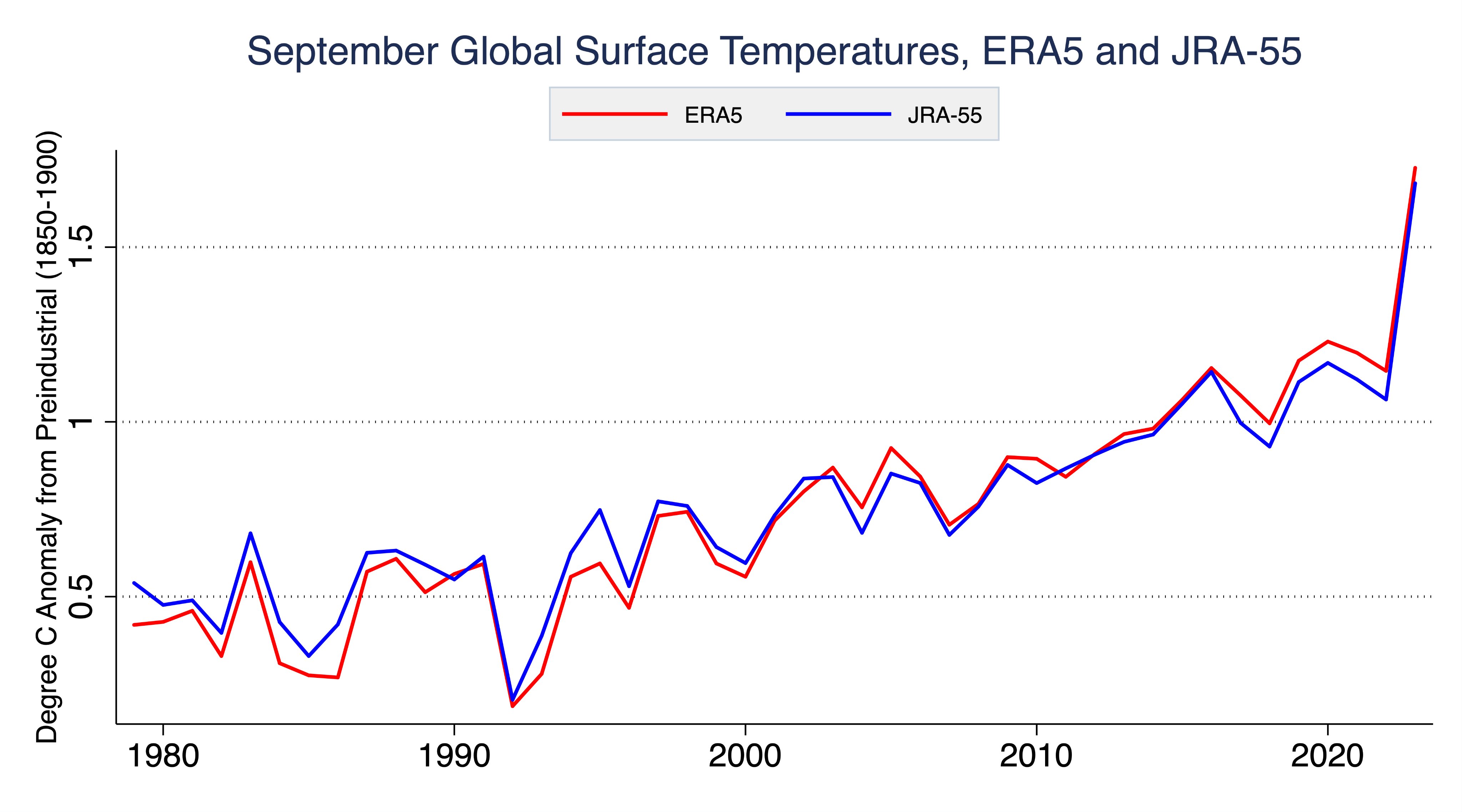The heating of the Earth due to global warming appears to have entered a dangerous new phase.
Climate scientists are running out of words to describe how far off the charts the latest temperature measurements are.
This makes September 2023 the hottest month on Earth since records began. So, what was the previous hottest? The answer is shocking: August 2023, last month.
According to Zeke Hausfather, a climate researcher at Berkeley Earth and IPCC author, the average temperature for September is “gobsmackingly bananas.”
Hausfather posted the following chart on X (formerly Twitter), illustrating just how far off the usual scale of September’s temperatures were.
“This month was, in my professional opinion as a climate scientist – absolutely gobsmackingly bananas,” Hausfather wrote, pointing out that according to the latest data, the world was now 1.8°C warmer than the pre-industrial era.
If sustained for a year, this level of additional heating would put the planet already past the Paris goal of keeping temperature rise below 1.5 degrees, a fact noted by some experts.
While other factors like the Sun and volcanoes affect the climate, there is an overwhelming scientific consensus that man-made emissions of greenhouse gases are principally to blame.
The latest monthly numbers come from the JRA-55 dataset, which contains a record of global temperatures from 1958.
Another dataset, ERA5, confirms this analysis. Both datasets “show us smashing the previous record for [September] by around 0.5°C,” Hausfather confirms.
The chart below shows both datasets for September – and both are past the Paris 1.5C target.
Both datasets also show September’s record as being around half a degree above anything seen previously.
This makes September 2023 the hottest month on Earth since records began. So, what was the previous hottest? The answer is shocking: August 2023, last month.
Together, and alongside previous warm temperatures already seen this year, it is now considered virtually certain that 2023 will be the hottest year since instrumental records began in 1850.
Yes, it’s us to blame
While other factors like the Sun and volcanoes affect the climate, there is an overwhelming scientific consensus that man-made emissions of greenhouse gases are principally to blame.
The following chart quantifies the different elements and how they have contributed.

Humans are driving the temperature increase by burning coal, oil, and gas, causing deforestation and through agriculture.
According to the Global Carbon Project, 2022 saw the highest-ever carbon dioxide emissions, at over 40 billion tons. This drove the atmospheric CO2 concentration to 417 parts per million, 50 percent higher than pre-industrial.
Until emissions are tamed, Earth is not likely to cool off.
Hottest for 3 million years?
So, how unprecedented are the global temperatures we are now experiencing? The Earth has been hot before, right?
Yes – but not for a very long time indeed.
While instrumental temperatures – using thermometers – only go back to 1850, scientists have estimated temperatures at the century scale for the entire Holocene, the period since the last Ice Age during which human civilization developed.
Earlier warm periods were not caused by elevated greenhouse gases like now but resulted from slight changes in the Earth’s orbit around the Sun.
These indicate that the peak Holocene temperature, around 6000 years ago, was about 0.7C warmer than pre-industrial, still significantly cooler than now. Uncertainties apply, but we are, therefore, very likely hotter now than at any time in the Holocene.
What about earlier warm periods? The previous interglacial – temperate period between ice ages – known as the Eemian probably also saw temperatures about a degree warmer than pre-industrial.
Get to net zero, globally
These earlier warm periods were not caused by elevated greenhouse gases like now but resulted from slight changes in the Earth’s orbit around the Sun.
To find a time when global temperatures were consistently hotter than today, you have to go right back before the ice ages to an epoch called the Pliocene.
We are now pushing the planet towards temperatures that have not been experienced ever by modern humans and are unprecedented in the million-year timescale.
During the mid-Pliocene warm period, about 3 million years ago, temperatures were around 3°C warmer than pre-industrial, or about 1.5°C warmer than now.
Much of the ice sheets melted, and sea levels were many meters higher. Ominously, greenhouse gases were about the same as today.
There seems to be a good chance that we are pushing the planet towards temperatures that modern humans have never experienced and are unprecedented in the million-year timescale.
2023 could be that year.
There remains only one solution – to get to net zero globally as fast as possible.
__________________________________________________________________________________________


